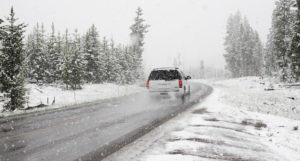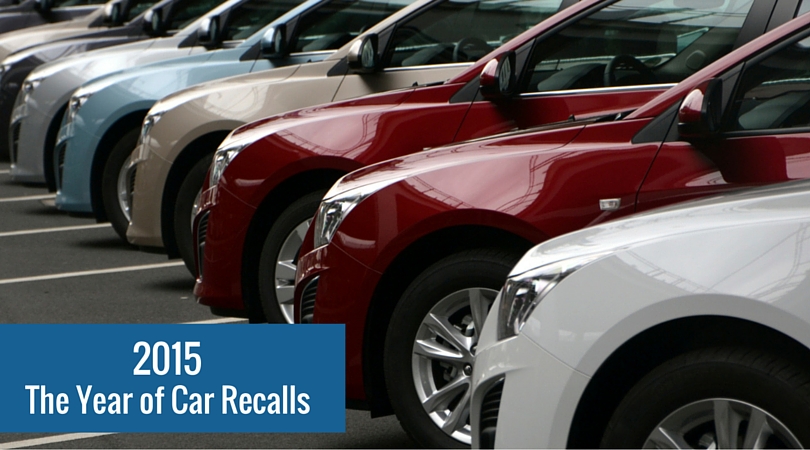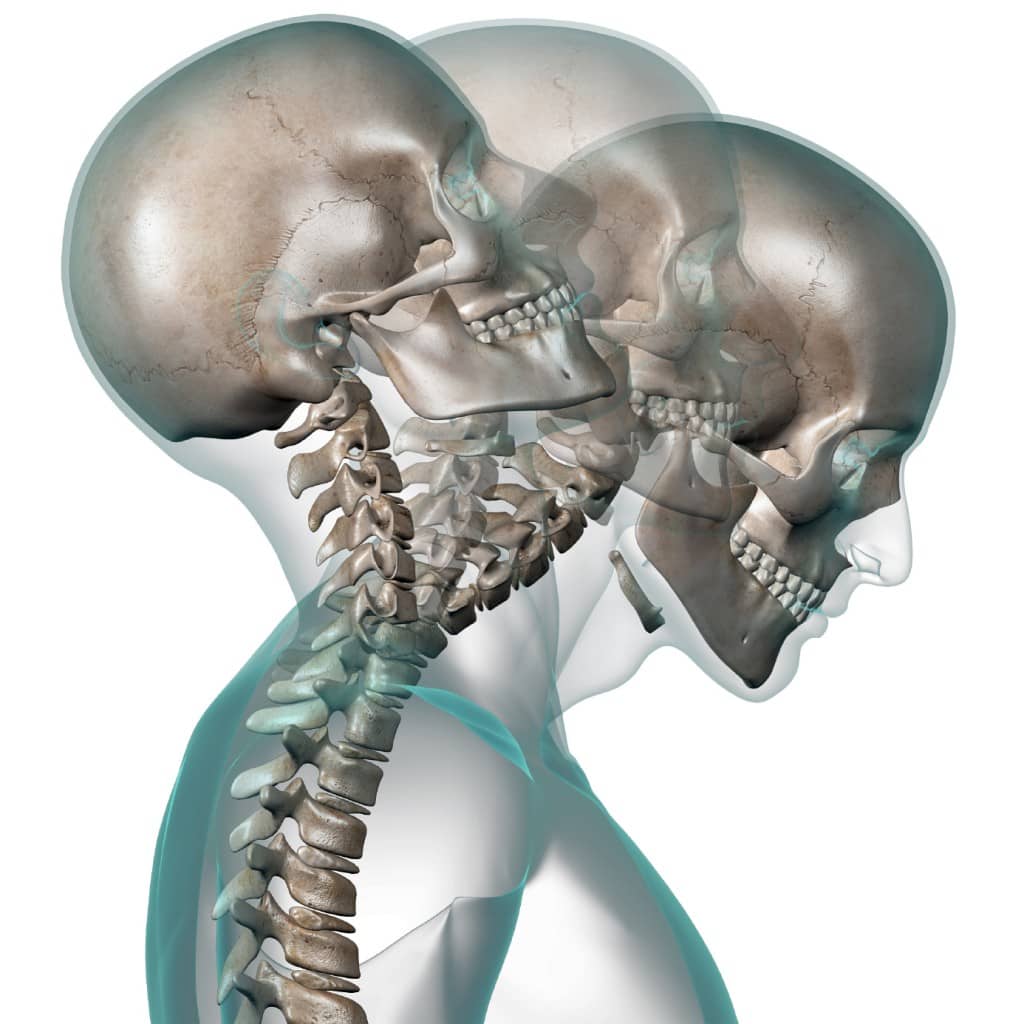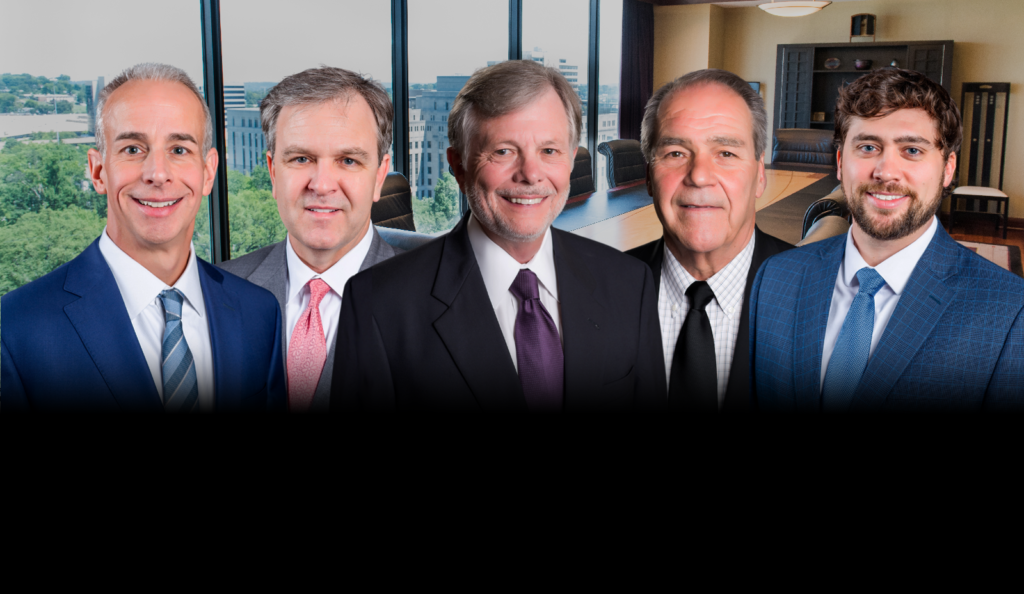Can Road Conditions Considered to be At-Fault in an Accident?

Out of the 42,514 people killed in motor vehicle crashes in 2022 and the tens of thousands more non-fatal accidents, many were caused not by another person, but by the road itself, with 30% of fatal accidents being attributed to collision with a fixed object on the road. Even though it’s an inanimate object, the road you drive on or ride your bike on may be the cause of a severe accident. Hazardous conditions that cause vehicles to malfunction or flip over and cause injuries to someone may be the result of negligence on behalf of another party, such as a local government or construction company working on the road.
For example, in 2023, a case was settled against the City of New York for negligent roadway design. In this incident, a man passed away after being struck by a non-City vehicle while changing his vehicle’s flat tire on the Harlem River Drive. The Plaintiff claimed negligent roadway design and that the City was on notice of a dangerous condition in the area due to numerous prior similar accidents.
These kinds of personal injury and car accident cases can get complicated quickly because of several factors:
- You have to be able to prove that the road conditions were the cause of the injury, not your car or vehicle, not the weather, and not your driving habits or those of another driver
- You must be able to prove that it was negligence on behalf of another entity that caused the poor road conditions or failed to alert riders about them adequately
- You must file a lawsuit within the statute of limitations, and only if the other party is able to be sued
Personal injuries caused by faulty road conditions, including those created from bad design, are serious cases not just because of the pain and suffering the victim experiences. The same conditions may put other drivers and riders in danger. Often, large entities like a government or manufacturing corporation employ their own large legal teams. Consulting with a lawyer when you believe negligence and road conditions caused your accident is wise.

Types of Road Conditions That Cause Accidents
Accidents due to road conditions that put dangers and riders in danger may include the following:
- Dangerous potholes
- Oil slicks on roads that are being resurfaced
- Lack of signage alerting drivers to danger
- Lack of signage to control traffic, such as a missing stop sign
- Missing guardrails
- Erosion of the road, which can lead to dangerous dips, jolts or sinkholes
- Inefficient design that causes roadway dangers
- Poorly painted or fading lane lines that are difficult to see
- Work zone confusion due to lack of explicit directions for riders on how to interact with the area
- Dangerous road obstacles, like fallen trees or utility poles
Intersections that are known to be risky in the community due to narrow lanes or sharp turns may be considered to be a negligent hazard, due to improper design and maintenance, like the previous claim states. Also, if an agency decides to cut funding for maintaining a certain area, which then contributes to a severe accident, there may be a substantial claim to be pursued. When a severe injury and damage to a vehicle occurs due to a factor like one of these mentioned, the party responsible for causing it or for not warning riders about it may be to blame.

How to Help a Case Involving Road Conditions
Like any road accident you’re involved in, you should not accept blame for the accident and should contact emergency services if damages are severe. Take note of the scene in front of you. If you are injured, ask someone at the scene to take photos or videos for you of the road conditions. Talk about these with police officers who arrive.
It’s important to get medical attention when you need it, but you also want to document the road conditions that may have contributed to the accident. If you can, ask witnesses for anything they noticed, and record their answers. Witness testimony and documented evidence are so important in a case regarding road conditions. Without them, the defendant can blame the driver’s or rider’s actions or another factor, like the weather, and not the road conditions on the accident. Collect evidence as soon as you can after the accident. You should also return to the scene to see if conditions are the same or if they have been changed in any way.
If you suspect negligence with road conditions is to blame for your accident, contact a car accident attorney or personal injury lawyer for help as soon as possible, since the statute of limitations limits the time frame in which you can pursue a claim. Your lawyer will be able to help determine the appropriate party to file a claim against – it may be the city, county or state, or a combination of all three.







